Breath Control

By Evelyn Sutton
We don’t think about breathing since it’s something our body does for us, naturally. Yet, it is intimately linked to mental functions such as focus, mood and body awareness. The act of breathing is an essential aspect of yoga practice and a crucial factor for reaching a meditative state of consciousness. In Sanskrit, the breath is called “prana” which means “breath-energy” (vital life force). Breath control or “pranayama” is a set of breathing exercises that give us greater awareness of the breath, consciously regulating the frequency, depth and ratio of respiration. Pranayama is primarily related to yoga yet it’s application to any form of exercise elevates your performance.
Practice the following techniques as often as you can. Being able to control your breath will dramatically enhance your Jiu-Jitsu. Beyond that, it will change your emotional health and allow you to stay cool and collected in arduous situations both in life and on the mats.
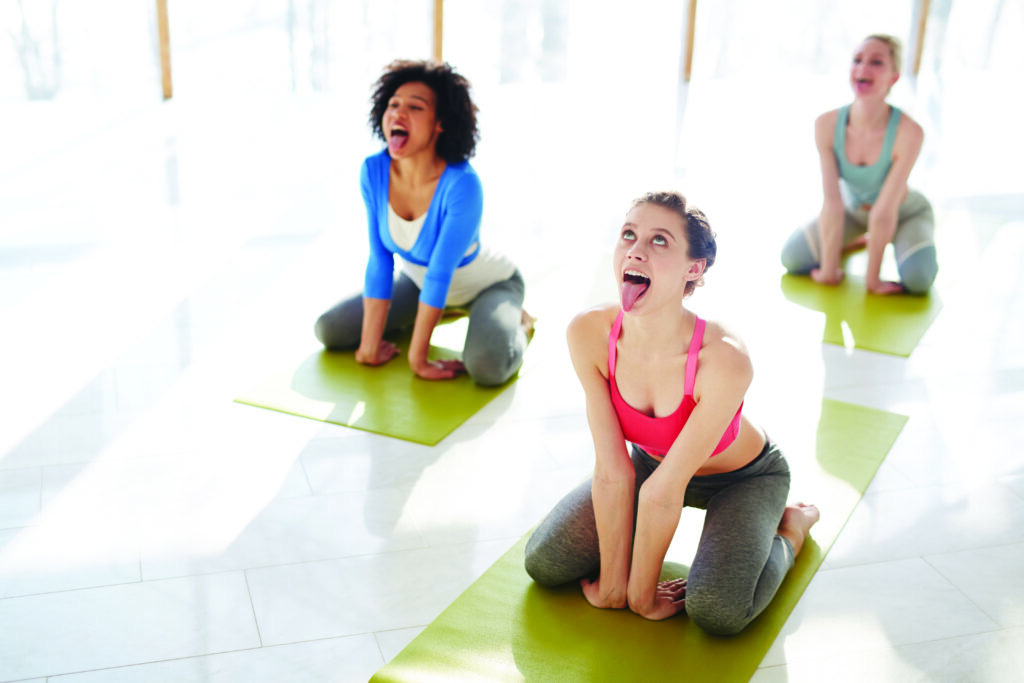
Lion’s Breath
This breath control technique ignites a sudden release of tension and promotes an immediate energized feeling. Lion’s Breath involves inhaling deeply through the nose then leaning the head back and opening the mouth as wide as you can, exhaling loudly while sticking your tongue out. Try practicing this while in Simhasana or Lion Pose to accentuate the stress relieving effects.
Level: Beginner

Ujjayi Breath
The most popular breathing technique in yoga is Ujjayi or Ocean Breath. Easy to incorporate into your Jiu-Jitsu training, it’s very useful for calming the mind and the nervous system. It sounds like the ocean and can cool you off by bringing your body temperature down quickly. To practice Ujjayi breath, inhale deeply through the nose. Constrict the muscles on the back of your throat as if you were about to tell someone a secret but keep your lips closed as you exhale fully also through the nose. That creates a gentle hissing sound that resembles the ocean, thus the name Ocean Breath. Make each inhale last as long as the exhale, and take each breath a little deeper than the last until your breathing is long and smooth.
Level: Beginner

Three Part Breath
Three-Part Breath (Dirga Pranayama) is one the most grounding pranayama exercise. It’s very efficient in helping focus your attention on the present moment and getting in tune with the body. The slow, relaxing process alleviates anxiety, stress and insomnia, calms the mind and soothes the muscles. Because of that it’s often taught at the beginning of yoga classes as a way to smoothly transition students from their workaday lives into their practice. Start your Jiu-Jitsu with this pranayama when you first get on the mat to prepare yourself for training. Start by placing the left hand on your upper chest and the right on your navel. Inhale through the nose into your throat, then follow the breath into your chest, notice the rising of the chest then push the air all the way down into your belly, fill it up like a balloon. Slowly exhale the breath by squeezing the belly button towards the spine and releasing the air from the belly up into the chest, from there into the throat and finally out through the nostrils. Repeat several times until you feel centered with a sense of peace and clarity.
Level: Beginner

Alternate Nostril Breathing
This breathing exercise takes a good amount of concentration. For this reason it is best used when you are trying to ignite focus and bring more discipline to your training. Research has confirmed what yoga masters have known for centuries: humans don’t breathe evenly through both nostrils. There’s a tendency to breathe in more air from one nostril than the other. The dominant nostril will constantly change throughout the day, depending on the activities you are most engaged in, with the left-nostril connected to the left cerebral hemisphere (verbal skills) and right-nostril connected to the right hemisphere (spatial performance). Alternate nostril breathing equalizes the breath and sends the same amount of oxygen to both sides of the brain resulting in optimal performance.
To practice this form of breath control, place your right middle and pointer fingers in the palm of your hand leaving just your pinkie, ring fingers and thumb free. Take your right thumb over your right nostril and inhale through the left nostril. Now take your ring finger and place it over your left nostril to exhale through the right nostril.Next leave your hand as it is and inhale through the left nostril, then switch, placing your thumb over your right nostril and exhale through the left nostril. Repeat this until you are finished with your breathing exercise. The first few times you try this one you may get your left and right confused. Don’t give up. Try to remember that each time you inhale you are sealing the breath in and that is when you switch sides.
Level: Intermediate

Our printed magazine is full of extraordinary women with extraordinary stories, get your printed copy via mail today >


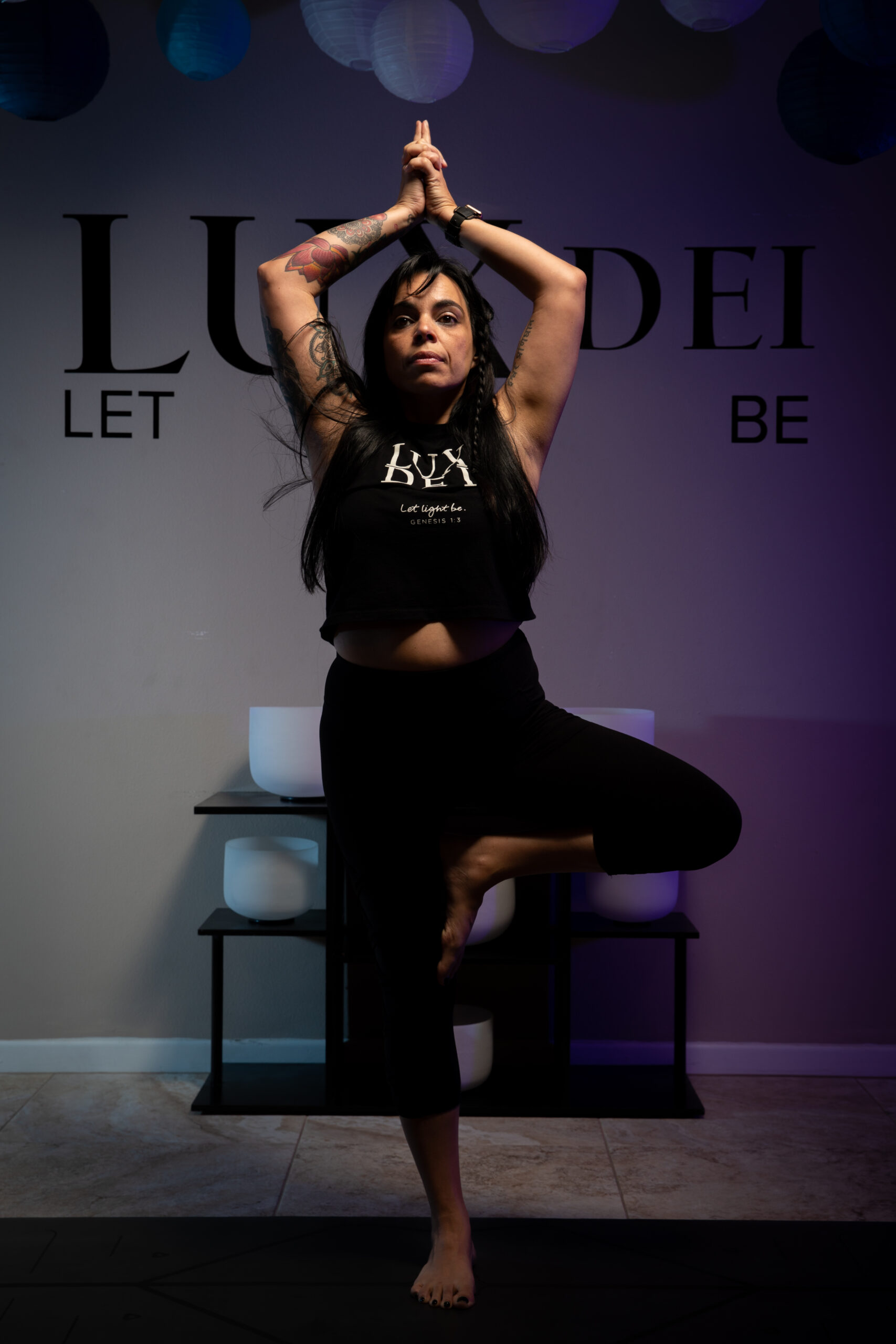
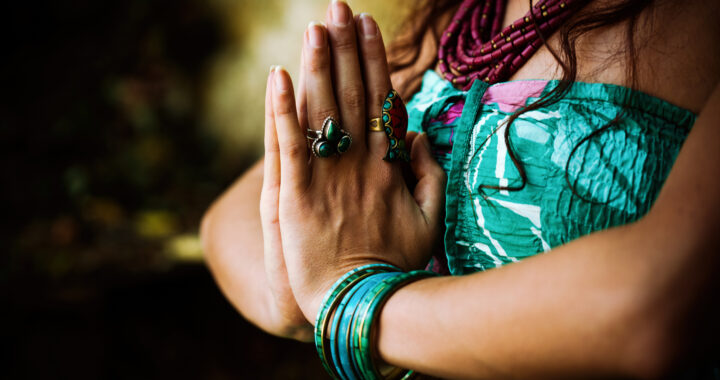 The Path of Courage
The Path of Courage  Bend Your Back
Bend Your Back 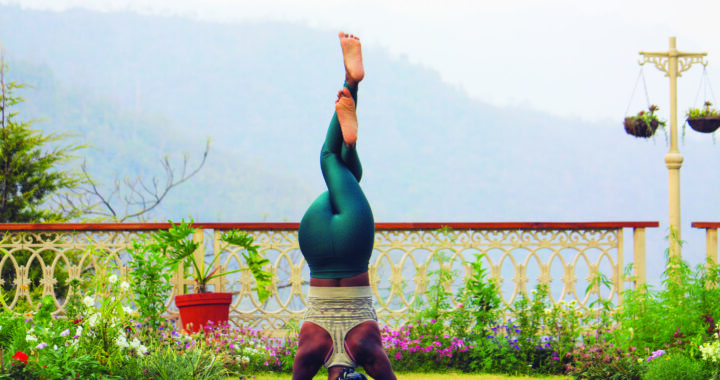 Headstand – The King of All Asanas
Headstand – The King of All Asanas 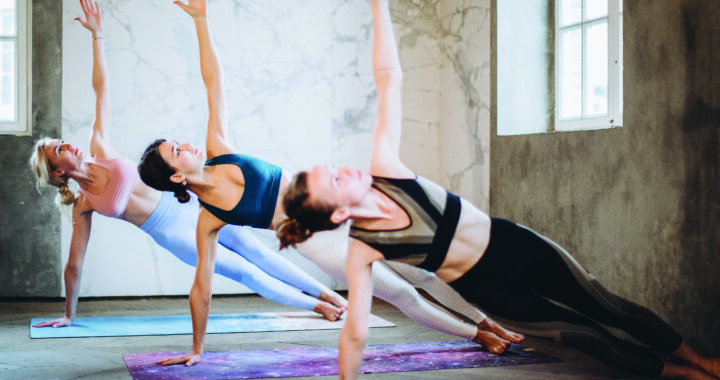 Strong & Flexible Shoulders
Strong & Flexible Shoulders 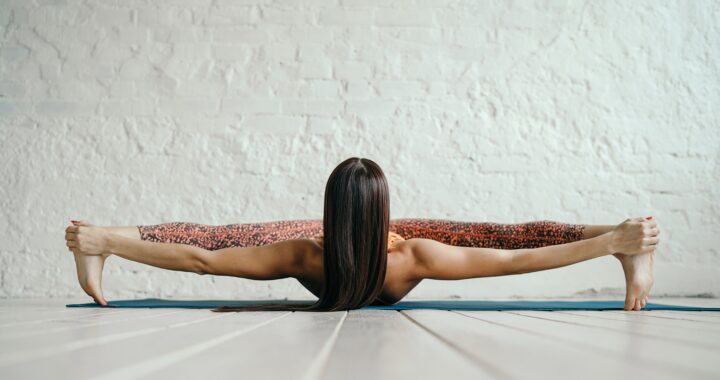 It’s all in the Hips
It’s all in the Hips  Father Time is Undefeated
Father Time is Undefeated 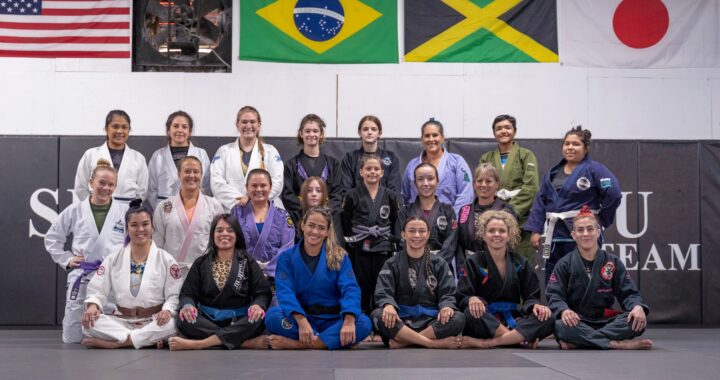 The Jiujiteira Sisterhood
The Jiujiteira Sisterhood 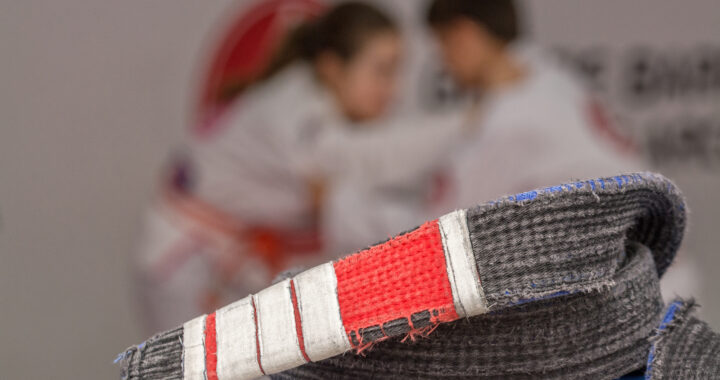 Advice in the Ranks- From White to Black
Advice in the Ranks- From White to Black  ADGS Rome: Jiujiteiras Shine in the Land of the Colosseum
ADGS Rome: Jiujiteiras Shine in the Land of the Colosseum